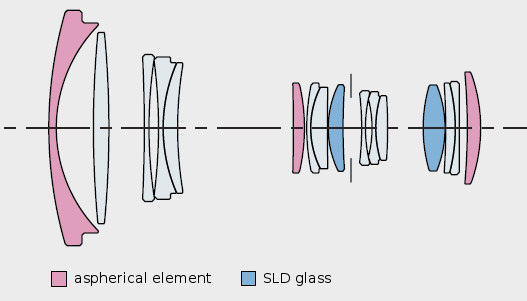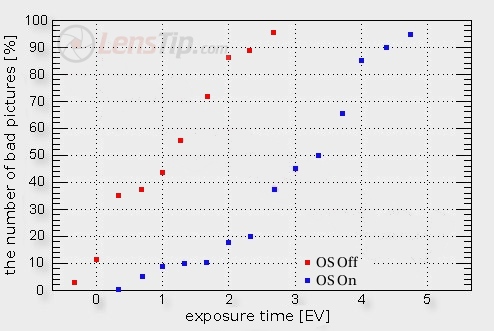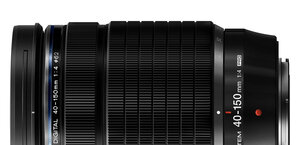Sigma 18-50 mm f/2.8-4.5 DC OS HSM
3. Build quality and image stabilization
Right behind the bayonet, on the left side of the lens, we find switches for autofocus mode (AF/MF) and image stabilization (OS ON/OFF). Going further we find a big and convenient ring for zooming. It works smoothly but without any slack, and at the same time with equal resistance in the whole range of focal lengths. Even further, there’s a ring for manual focusing. It considerably narrower than the zooming ring but still quite convenient to use. On the ring itself, there‘s a distance scale expressed in feet and meters, and the whole range of its movement takes about 60 degrees. The only thing we can complain about is its loose work, which causes problems with accurate setting.
Please Support UsIf you enjoy our reviews and articles, and you want us to continue our work please, support our website by donating through PayPal. The funds are going to be used for paying our editorial team, renting servers, and equipping our testing studio; only that way we will be able to continue providing you interesting content for free. |
- - - - - - - - - - - - - - - - - - - - - - - - - - - - - - - - - - - - - - - - - - - - - - - -
As far as the dimensions are concerned, the new Sigma doesn’t positively differ from its competitors only at the first glance. In the picture below it’s standing next to Sigma 17-70 mm and Sigma 30 mm f/1.4. Its dimensions are similar to the first one, but only until we start playing with the zooming ring. This doesn’t change Sigma 18-50 mm HSM’s diameters, while in the case of 17-70 mm it causes a large increase in its length when going to 70 mm. Another comparison to other lenses of this class is depicted in the following table.
As far as the internal build goes, the tested Sigma consists of 16 lenses set in 12 groups. As it usually happens with Sigma, it didn’t save on special elements. So we have two low-dispersion lenses (SLD) and three that were shaped aspherically. Inside we’ll also find a circular diaphragm of 7 blades that can, depending on the focal length, be closed to f/22-f/36.

The manufacturer provides us with both caps and a petal lens hood.
Stabilization
Sigma 18-50 mm f/2.8-4.5 DC HSM OS, as the name itself says, is equipped with optical image stabilization. The manufacturer claims that its efficiency stays at about 4 EV. Our tests usually verify these claims showing that stabilization in cheaper lenses stays about 2-2.5 EV and for the more expensive ones reaches 3-4EV. How is it with Sigma tested here? Let’s have a look at the graph below.

It shows us the percentage of blurred images at 50 mm focal length, depending on the exposure time expressed in EV values. The average difference between the red dots (with stabilization off) and the blue dots (stabilization on) is exactly the efficiency of image stabilization. In the middle of the range, when we use this device most, it’s about 2-2.3 EV efficient. It’s a value typical of equipment of this and also comparable to sensor stabilization in many DSLRs equipped in this mechanism.






